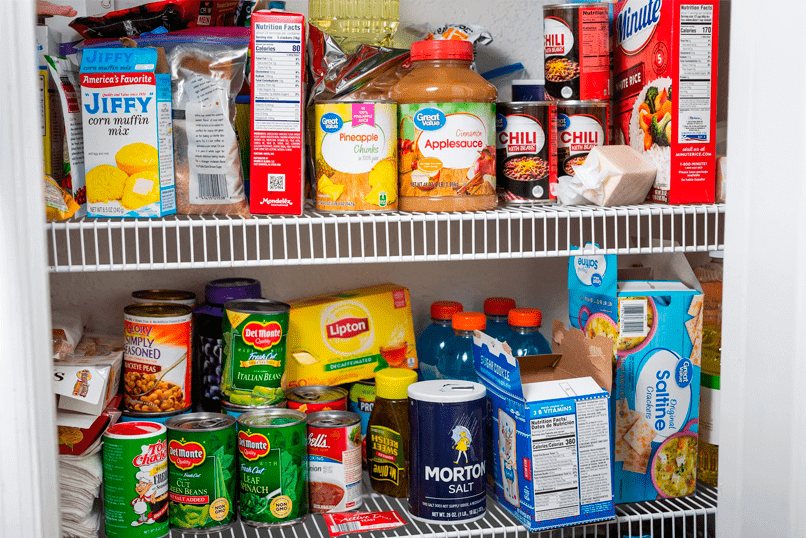Spring cleaning is an annual ritual for many people. They clean windows inside and out, shampoo rugs, polish hardware, dust everything, wax furniture and floors, wipe down walls, clean out the fridge, and so much more. When you’re going through your spring clean checklist, though, don’t forget about your pantry.
Spring is the perfect time to re-evaluate what you’ve got on your shelves, what you want on your shelves, and how you want to organize it. Here are some tips for spring cleaning your pantry and what to do once you’ve got it tidied.
Get Started
Marie Kondo, queen of tidying up, suggests that, before you begin cleaning and organizing, you should think about your ideal lifestyle. Either draw or write out how you want your pantry to look and what you want in your pantry. Once you’ve got a plan, it’s time to get to work:
- Take it all out. Depending on your counter space and pantry size, you may need to do a shelf or two at a time. Once it’s all out, clean the empty shelves.
- Separate what you want from what you don’t. You probably have food you don’t want in your pantry. Decide what you want on your shelves, and set aside the rest.
- Look at your plan and figure out where everything should go. It’s a good idea to categorize areas of the pantry. For example, baking items could be a category, as could snacks, condiments, and canned goods. Do you like to have everything in original boxes, or do you like the look of baskets, glass jars, and containers? Another essential consideration for pantry organization is the “first-in, first-out” method: Put the oldest items in front so you’ll use them first.
- Now that you’ve taken everything out, separated what you want from everything else, and organized items, it’s time to figure out what to restock.
What to Do with Extra Food
Now that you’ve organized your pantry and discovered you had a lot of food you didn’t want, it’s time to figure out what to do with it.
The Community Action Services and Food Bank food pantries take all kinds of food donations, but they do have much-needed items. As always, they accept canned food in good condition that’s expired within the last four years. The most-needed items include peanut butter, canned meat and fruit, soups, stews, and food for Kids Nutrition Paks. Other items—like toothpaste, soaps, cleaning supplies, and diapers—are on the in-demand list as well.
Luckily, two big spring food drives are coming up, so you don’t even have to leave home to donate your extra food.
- Feed Utah 2020, March 21, 2020. Formerly Scouting for Food, this one-day food drive seeks to collect as much canned and processed food as possible for food pantries around Utah. Youth will deliver grocery bags and door hangers advertising the food drive. Then, on March 21, fill your bag and leave it outside by 9 a.m. Youth will collect the bags, and Boy Scouts and members of the Utah National Guard will organize and deliver it.
- Stamp Out Hunger, May 9, 2020. Letter carriers around the country collect canned, nonperishable food donations every year on the second Saturday of May. Leave donations by your mailbox by 9 a.m., and they will deliver donations to the food pantry in your community.
Now that the weather is warming up, it’s an ideal time to re-evaluate your pantry and what you’ve got in it. Once you’ve tidied everything, donate what doesn’t bring you joy to one of the upcoming food drives. For more information about Community Action Services and Food Bank and how it serves the community, go to communityactionprovo.org.

